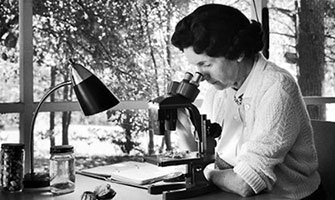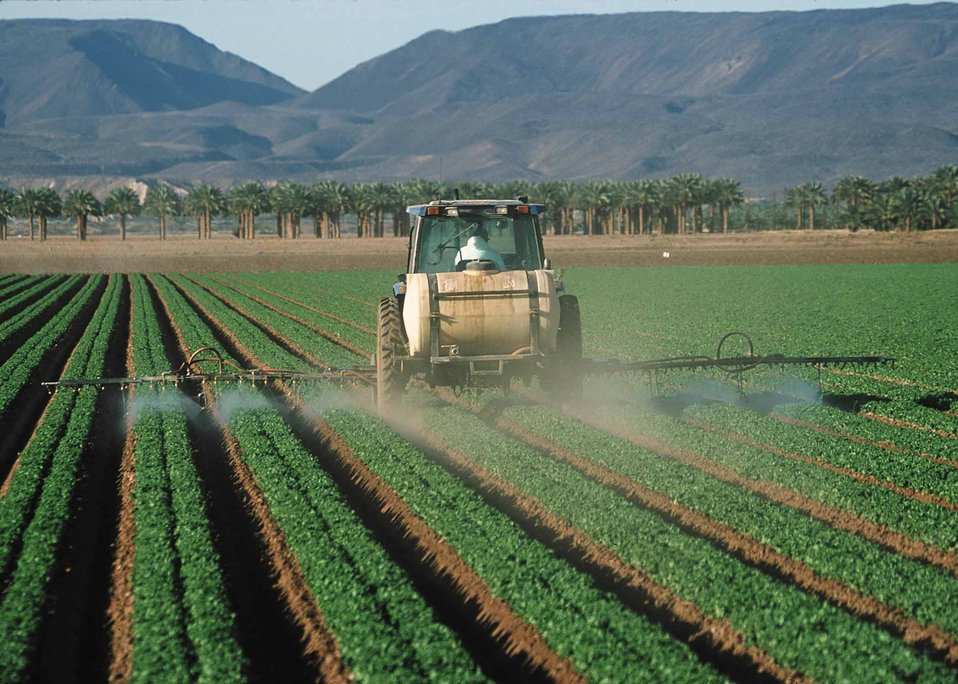Artists for the Earth
Why “Silent Spring” still matters
September 26, 2019
Nearly 60 years ago, Rachel Carson shocked the agricultural industry with her critique of indiscriminate pesticide use in the United States. “Silent Spring,” her book, quickly became a trademark of environmental activism, paving the way for the creation of the Environmental Protection Agency and a plethora of other modern-day protections.
In 1957, the United States Department of Agriculture decided there was a fire ant problem. To tackle the problem, the USDA began the aerial spraying of dichloro diphenyl trichloroethane (DDT ), mixed with fuel oil and other pesticides. DDT is a chemical best known for its long-lasting nature and its aggregation in animals at the top of the food chain.

The spraying coated public and private lands with DDT, exposing all unassuming organisms to poisonous chemicals.
One year later, Carson received a letter from a friend describing the mysterious disappearance of the birds around her house. After a recent DDT treatment for mosquitoes, a treatment deemed harmless by the state of Massachusetts, the birds were literally dropping like flies.
“The ‘harmless’ shower bath killed seven of our lovely songbirds outright,” Olga Huckins, Carson’s friend, wrote to the Boston Herald. “Air spraying where it is not needed is inhumane… for those who stand helplessly on the Earth, it is intolerable.”
Huckins’s letter is credited as the impetus for Carson’s research.
And so, “Silent Spring,” published in 1962, ignited a movement surrounding chemical agriculture’s adverse effects on the environment and human health. Carson was most concerned with the overuse of synthetic pesticides.
But really, she was worried about our negative impact on the environment as a whole.
“The beauty of the living world I was trying to save has always been uppermost in my mind — that, and anger at the senseless, brutish things that were being done,” Carson wrote in her book.
Her harsh critiques sent shockwaves through the government. The Clean Air Act became law in 1963. In late 1969, President Richard Nixon signed the National Environmental Policy Act, regarded as the most important piece of national environmental legislation. The act formed the Council of Environmental Quality, coordinating federal efforts on environmental issues.
Carson, shortly after her book’s release, became the first to witness politicized science. Criticisms went beyond her ideas and evolved into attacks on her character, similar to what we see today with climate scientists. Representatives from corporate firms and members of the cabinet attempted to discredit the research, calling her “radical, disloyal, unscientific, and hysterical.” The former secretary of agriculture even said she was “probably a communist.”
But thanks to Carson, the newly informed public rallied behind environmental law.

In early 1970, protests successfully prevented the construction of an airport near Everglades National Park. That same year, 20 million Americans gathered on the first Earth Day, peacefully protesting and declaring their opposition to environmental practices at the time. It was a life-affirming moment in history. Demonstrators called for air and water cleanup and the preservation of natural areas.
The EPA began operation in December of that year, with the intent to “protect human and environmental health,” above all else.
Without Carson’s work, it’s difficult to say where the nation would be in terms of environmental protection. But it’s clear that the ramifications of “Silent Spring” are still felt today.
Climate change has been at the forefront of environmental activism and hotly debated in policy, since before the turn of the century. Lawmakers still go back and forth, contemplating its validity and trying to determine its role in legislation.
Ninety-nine percent of scientists agree that climate change is happening and that humans are at least exacerbating the issue, if not causing it. Researchers have specifically connected our releasing of greenhouse gases — including carbon dioxide, methane and nitrous oxide — to rising temperatures and an increase in environmental health problems. The melting of the poles, rising sea levels and increased pulmonary diseases and cancers in humans are consequences of our actions.
Regardless of political views, we must work together to conserve biodiversity on Earth. Our most valuable resources are threatened by the changing climate.
The opportunity to act is approaching fast. The 50th anniversary of Earth Day is expected to be the biggest global mobilization for the environment so far. The goal is to highlight climate action and work alongside the Paris Agreement and the United Nations’ Sustainable Development Goals. Join the fight.
We must act quickly if we want to avoid our biggest losses.
“It was a spring without voices,” Carson wrote. “The public must decide whether it wishes to continue down the present road.”
